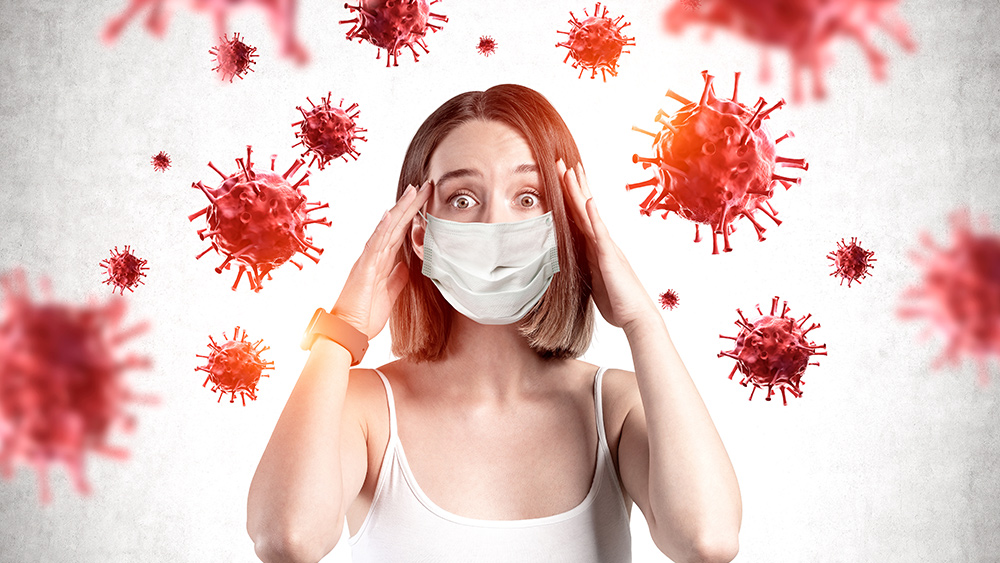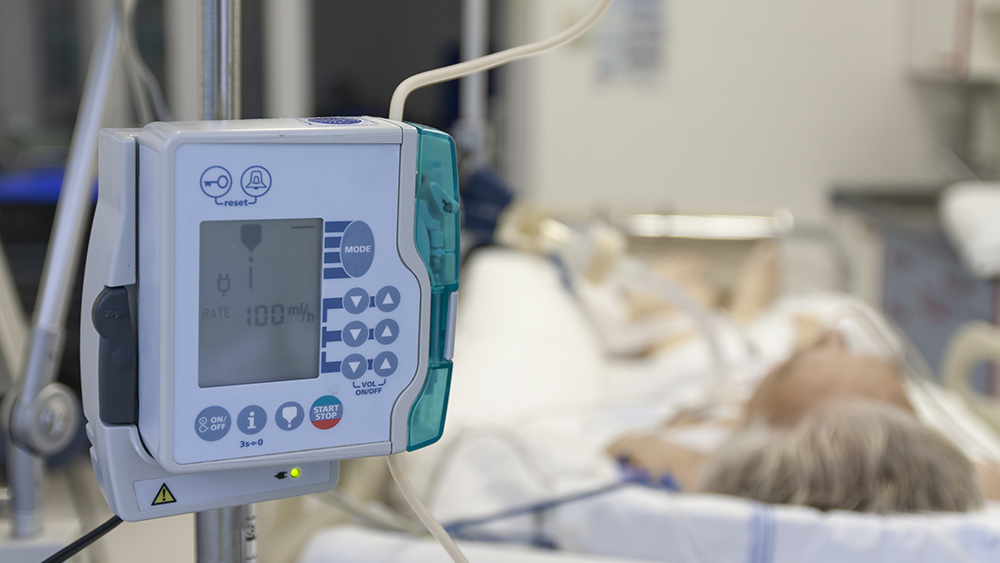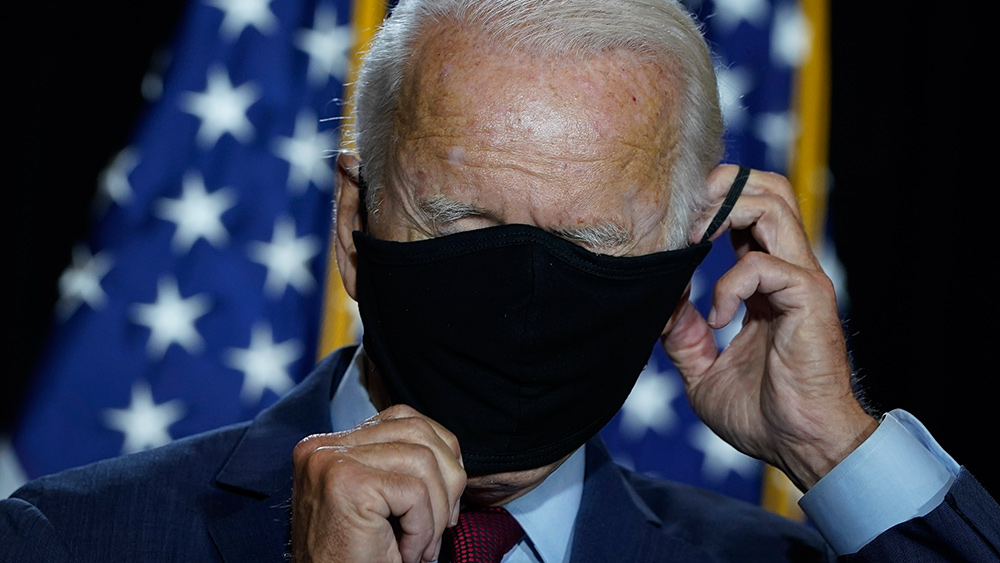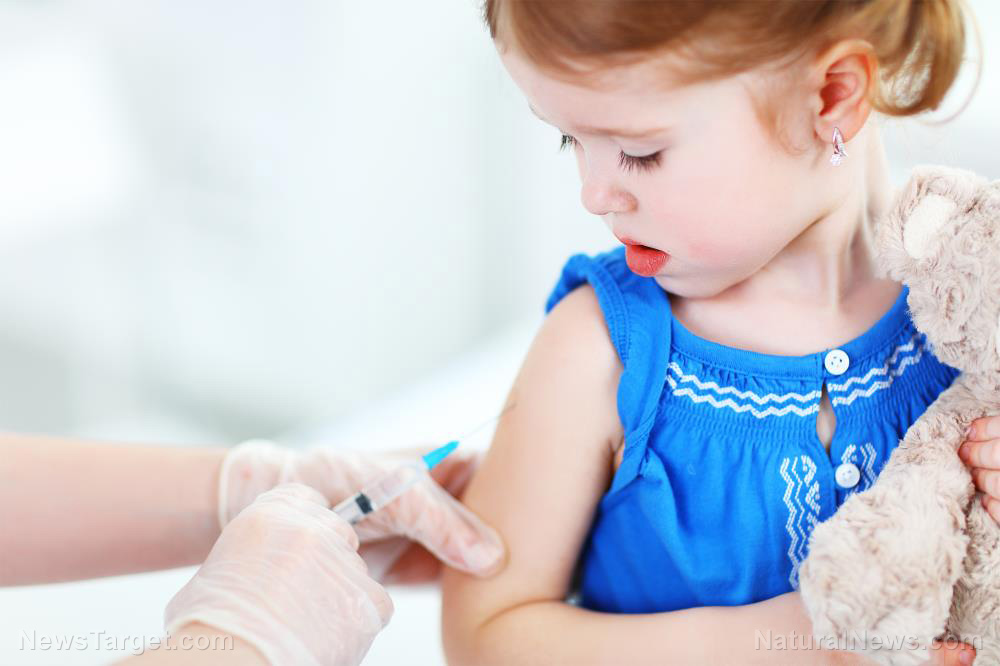CDC walks back controversial testing guidelines: If you’ve been in close contact with an infected person, you NEED to be tested
10/04/2020 / By Zoey Sky

Back in August, the Centers for Disease Control and Prevention (CDC) said that people exposed to a COVID-19 patient need not be tested, as long as they were low-risk, or if they didn’t experience any symptoms. The controversial guidelines were posted on the agency’s website, despite objections from the agency’s own researchers.
Less than a month later, the CDC has walked back on its claims, as it now insists that anyone in close contact with a person infected with COVID-19 should be tested.
Asymptomatic patients can still spread COVID-19
With the CDC’s retraction, it’s now important that people understand how SARS-CoV-2, the virus responsible for COVID-19, can be transmitted “before, or without ever showing any symptoms.” This also helps avoid confusion and prevents the pandemic from spreading further.
People who have been in close contact with a COVID-19 patient — those within six feet, or 1.8 meters, from the patient — should undergo SARS-CoV-2 diagnostic (molecular or antigen) testing, even if he doesn’t have any symptoms, according to the updated CDC guidance.
Detailed below are the steps you need to follow if you believe you’ve been exposed to a patient with coronavirus.
- Contact your healthcare provider or public health official. Immediate testing is crucial because of the potential for asymptomatic and pre-symptomatic transmission. Getting tested ensures that contacts of individuals with COVID-19 can be quickly identified and tested.
- While waiting for your test results, self-quarantine, or isolate at home. This means avoiding contact with other household members whenever possible and using a separate bedroom and bathroom.
- Having a single negative test doesn’t guarantee that you will remain negative after testing. Self-quarantine for 14 days, even if you test negative the first time.
- If you cannot self-isolate, or if you are required to report for work, take the necessary precautions: Wear a face mask, practice physical distancing, avoid large gatherings and wash your hands frequently and thoroughly. Monitor yourself for symptoms.
- If you live with a family member who has an increased risk of severe illness, like the elderly or those with underlying medical conditions, take special precautions at home to protect them. This includes limiting your interaction with them whenever possible or canceling a visit if you think you have coronavirus symptoms.
Even though the CDC has backtracked on its COVID-19 testing guidelines, scientific data on asymptomatic and presymptomatic transmissions are the same: Even if you don’t have any symptoms, you can still transmit the virus.
The CDC’s sudden changes to its previous guidelines earned the agency strong criticism. Health experts slammed the agency, saying that the updates were motivated by politics instead of verified scientific reasons. (Related: CDC backtracks on new guidelines saying coronavirus spreads through the air – immediately after publicly posting them.)
In an email, Krys Johnson, an epidemiology and biostatistics professor at Temple University, told Live Science that it was unethical to change recommendations to “[maybe even ensure] underreporting of COVID-19 cases” when things are clearly at their worst.
While it remains to be seen what percentage of COVID-19 cases are asymptomatic, the CDC suggests that at least 40 percent of patients don’t exhibit symptoms.
“If each of these people goes about their daily lives, this pandemic will continue to impact our country and daily lives for the foreseeable future,” Johnson added.
“Appropriate” testing is key to stopping the spread of coronavirus
After the CDC changed testing guidance in August, Adm. Brett Giroir, the government’s top testing official, backed up the agency’s decision. In an interview with CNN, Giroir explained that the new guidance wasn’t pushing for “less” testing, but for more “appropriate” testing.
The CDC attempted to save face by claiming that the most recent change to coronavirus testing guidance was a “clarification” instead of a sudden change in recommendations. According to the clarification, many cases can be traced to people who don’t show symptoms and that asymptomatic people who have had close contact with COVID-19 positive patients require immediate testing.
Visit Pandemic.news to read more articles on how to protect yourself and your loved ones from the Wuhan coronavirus.
Sources include:
Tagged Under: 2019-nCoV, CDC, CDC testing, Centers for Disease Control and Prevention, coronavirus, covid-19, disease, epidemic, Flu, guidelines, infections, novel coronavirus, outbreak, pandemic, SARS-CoV-2, superbugs, testing, transmission, virus, Wuhan coronavirus




















